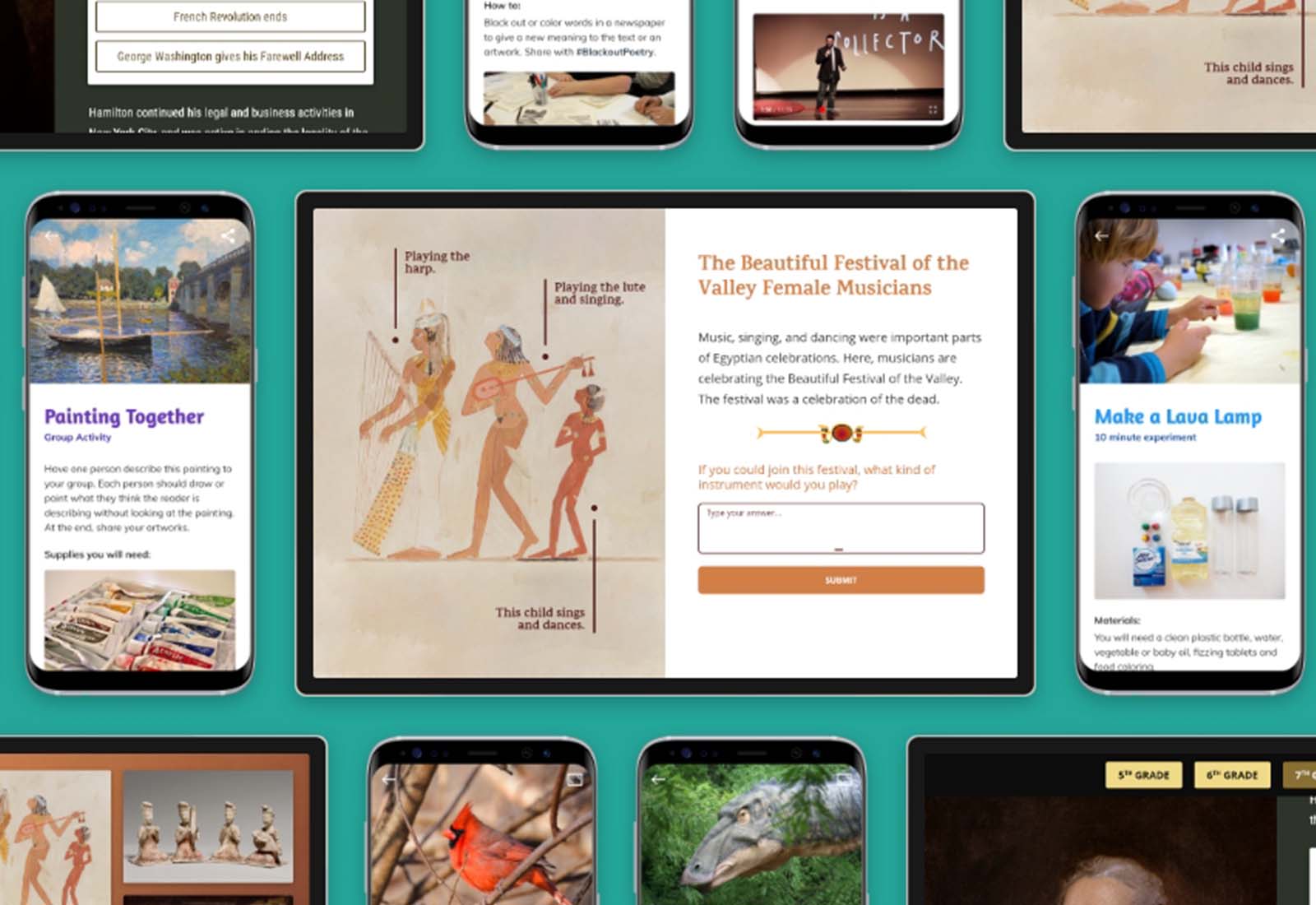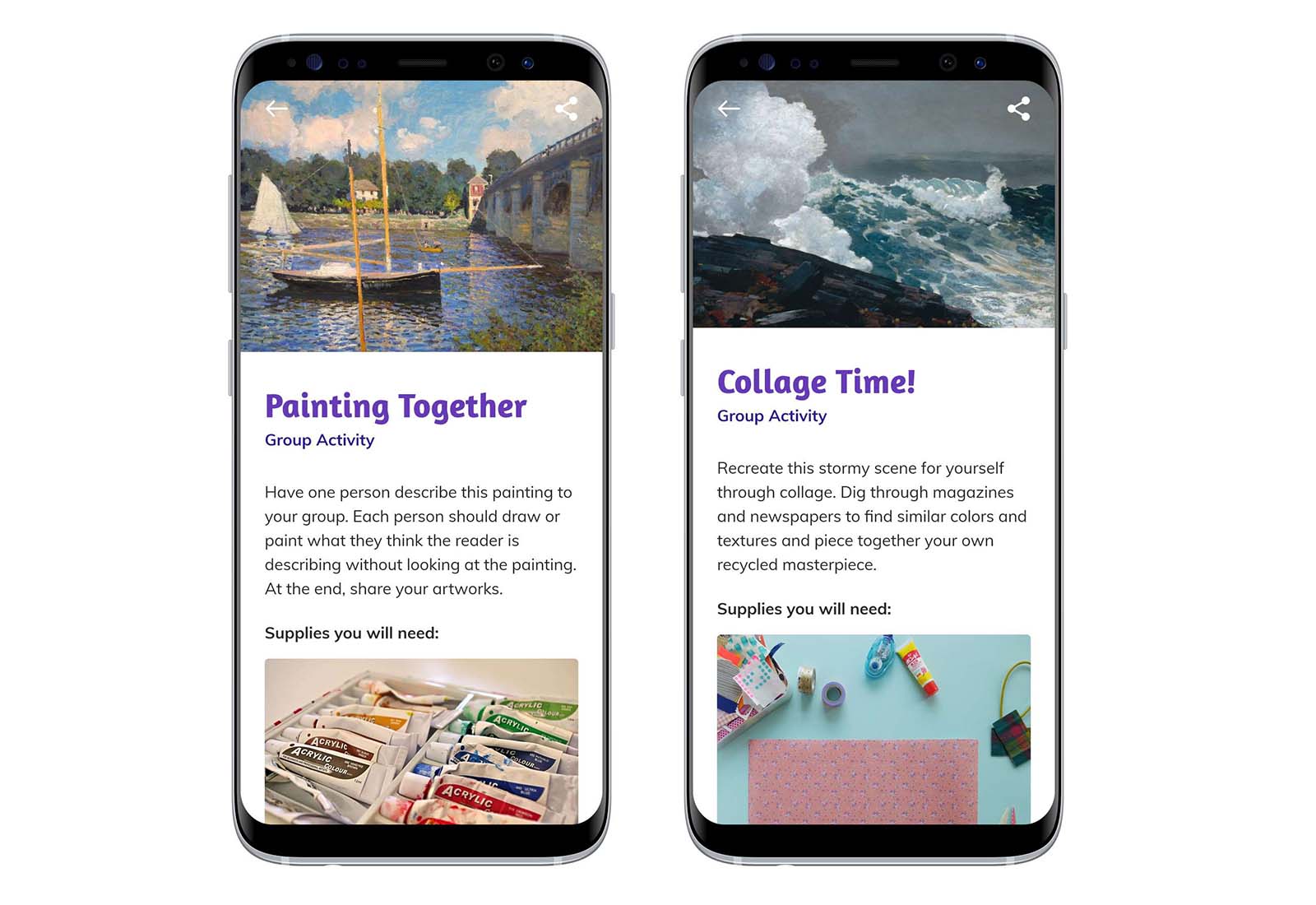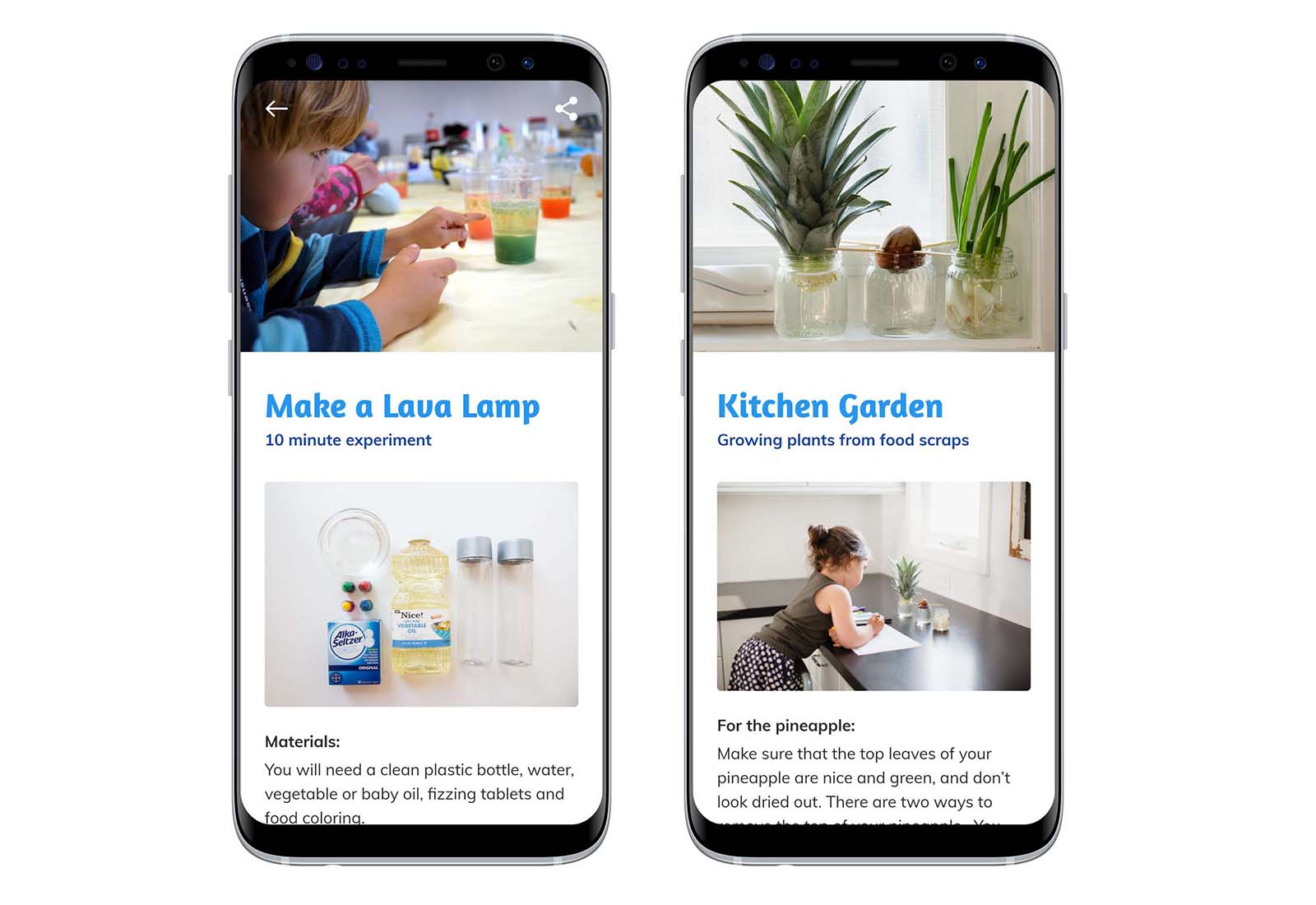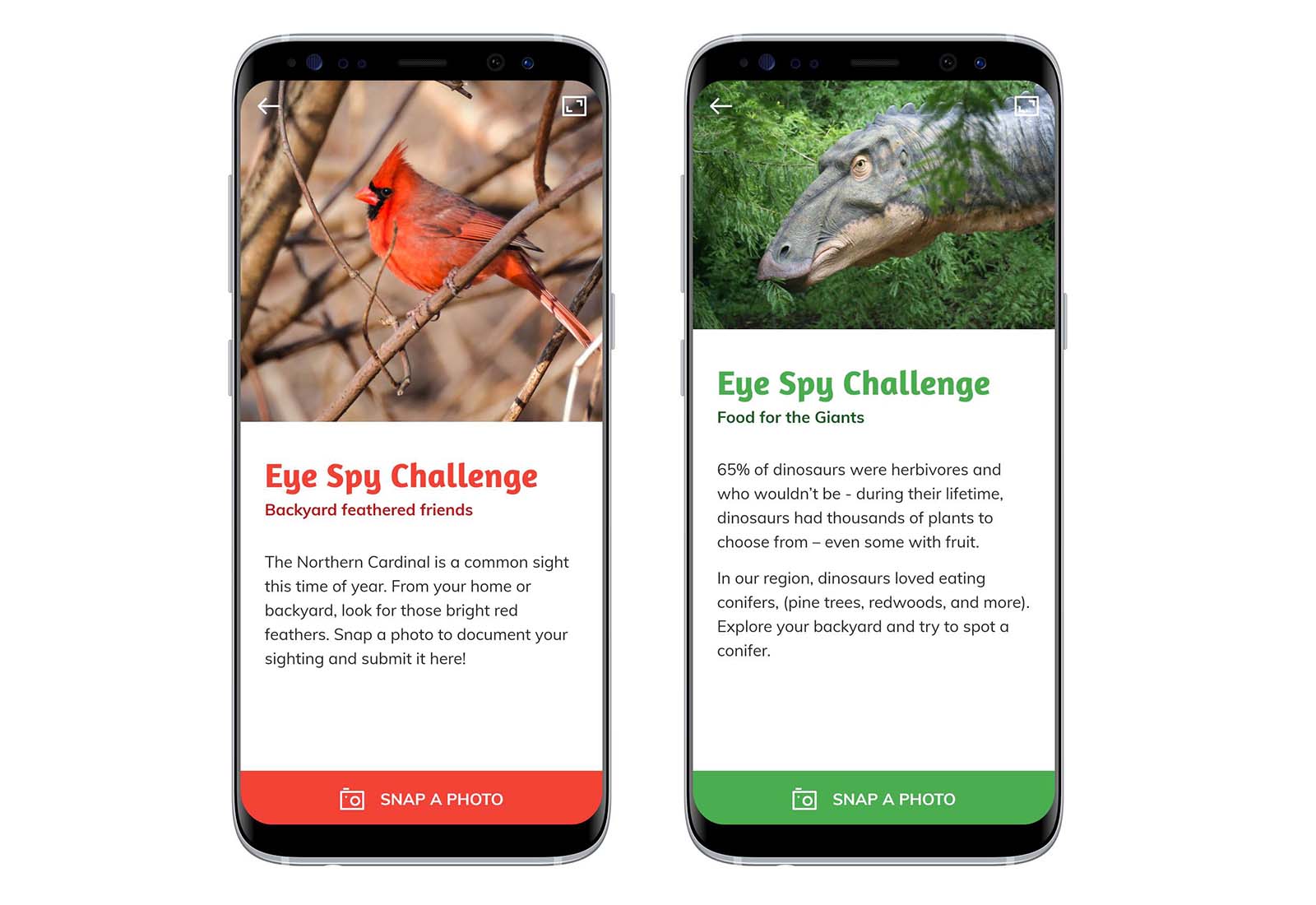Most of you are facing the unexpected closure of your museum for an indefinite period of time and “digital” has become the primary way for you to engage your audiences.
Museums provide curated, story-driven, interactive experiences to visitors when they come on-site. That same holds true even if visitors are now ‘digital’.
The problem we’re facing
Departments throughout the museum must quickly adapt or rethink in order to respond to digital-only audience engagement:
- Education – cancelled field trips, educational programming, and classroom visits
- Public Programs – cancelled tours and family and adult programming
- Interpretation & Exhibitions – closed exhibitions, mad dash to bring content online quickly
- Digital – avalanche of requests from content development, collections access, and IT infrastructure to big updates to the website and digital properties.
While this may seem like a mad scramble right now, there are many ways to leverage your existing assets to create meaningful, engaging, and educational experiences online. Below is a guide to get you started.
1. First, work with what you’ve got
Your museum may already have digital interpretation experiences that can be leveraged to create an at-home experience:
- In-gallery Interactives – Distribute your existing kiosk touchscreen experiences as web applications. Reach into your archive of touchscreen experiences developed for past exhibitions.
- Online Exhibitions – Current and past exhibitions may have a dedicated microsite. Distribute as-is or update content for the current context.
- Mobile Guides – Add tours and interactive content to your existing mobile guide platform that adapts your educational, field trip or public programming content.
















